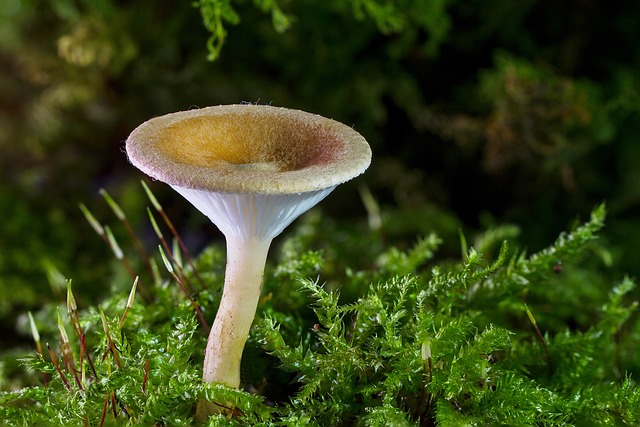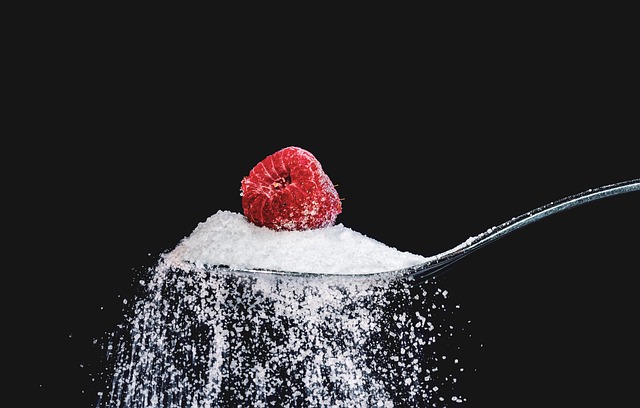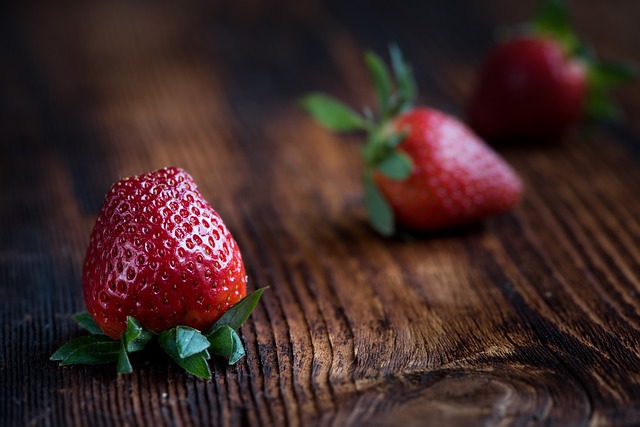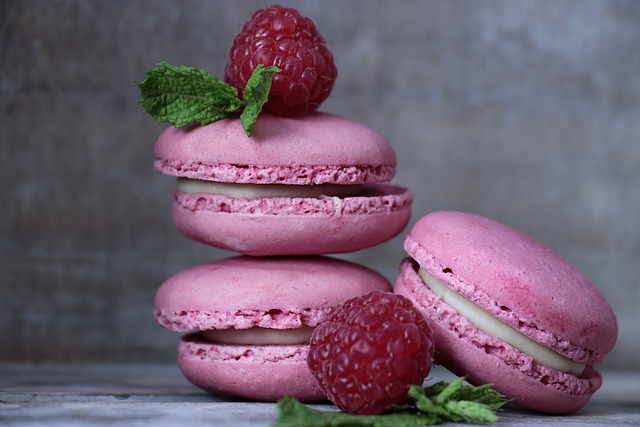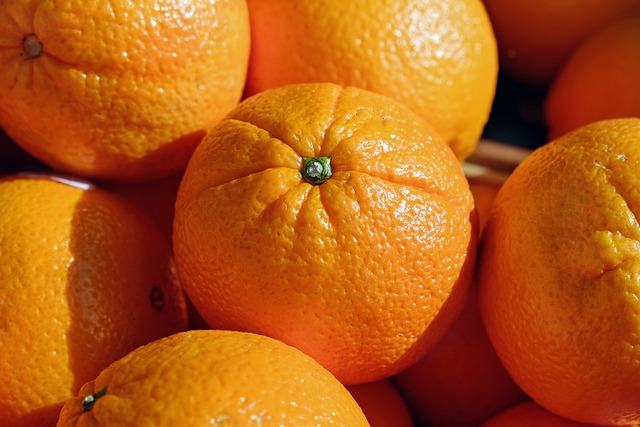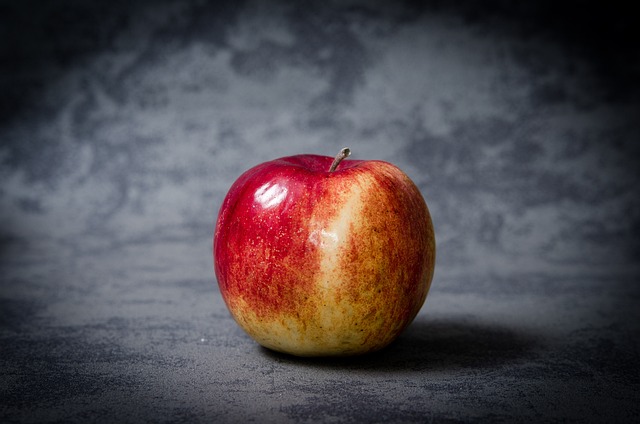Probiotics 101: How to Incorporate Gut-Friendly Bacteria into Your Daily Routine
Probiotics are live bacteria and yeasts that are beneficial to the human body, particularly the gut. They promote healthy digestion and support a robust immune system. Incorporating probiotics into your daily routine can help ensure that you maintain a healthy balance of gut-friendly bacteria. Here are some simple ways to incorporate probiotics into your lifestyle:
1. Include Probiotic-Rich Foods in Your Diet
Introduce foods that naturally contain live probiotics into your meals. Fermented foods such as yogurt, kefir, sauerkraut, kimchi, and pickles are excellent sources of these beneficial bacteria. You can enjoy these tasty treats as a side dish or incorporate them into your recipes.
Yogurt, in particular, is a versatile dairy product that can be consumed plain or used as a base for smoothies, dressings, or marinades. Look for yogurt that contains live and active cultures to ensure you are getting the maximum probiotic benefits.
2. Consider Probiotic Supplements
If you find it challenging to incorporate enough probiotic-rich foods into your diet, you might consider taking a probiotic supplement. These supplements come in various forms such as capsules, tablets, powders, and drinks. It is important to choose a reputable brand that provides a range of bacterial strains and colony-forming units (CFUs) to maximize the benefits.
Consult with your healthcare provider or a registered dietitian before starting any new supplements, especially if you have any underlying health conditions or are taking medications.
3. Choose Prebiotic Foods
Prebiotics are non-digestible fibers that serve as food for probiotics, helping them thrive in the gut. Adding prebiotic-rich foods to your diet can also contribute to a healthy gut environment. Foods such as garlic, onions, leeks, bananas, asparagus, and whole grains are excellent sources of prebiotics.
By consuming a combination of prebiotic and probiotic-rich foods, you can nourish both the gut-friendly bacteria and the supportive environment they need to flourish.
4. Experiment with Fermented Drinks
In addition to fermented foods, there is a growing trend of incorporating fermented drinks into daily routines for their probiotic benefits. Kombucha, a fermented tea, is a popular choice that can be found in most health food stores. It is available in various flavors and contains live probiotics.
Another option is water kefir, a bubbly, fermented beverage made from water kefir grains. It can be flavored with fruits or herbs to create a refreshing and probiotic-rich drink.
5. Be Mindful of Storage and Processing
The live cultures in probiotic-rich foods and drinks can be sensitive to heat, time, and processing. To maximize the probiotic content, be mindful of storage and preparation methods. For example, heat can destroy the live cultures, so it’s best to add probiotic-rich foods to cooked dishes after the cooking process.
Additionally, opt for unpasteurized and unfiltered fermented foods when possible, as these are more likely to contain live bacteria and yeasts.
Final Thoughts
Probiotics are an essential component of a healthy gut, and incorporating them into your daily routine can have numerous benefits for your overall well-being. Whether you choose to add probiotic-rich foods, consider supplements, or experiment with fermented drinks, being consistent in your approach can help support a thriving gut microbiome.
Remember, it’s important to consult with a healthcare professional or registered dietitian before making any significant dietary changes, especially if you have specific health concerns or conditions.

